The rumours were indeed true – Apple’s foray into VR technology has finally been made official in the form of the Apple Vision Pro, the company’s first-ever headset. It’s not available for several more months, although that didn’t stop Apple from revealing the headset, giving fans (and folks curious enough about VR and AR) a reason to wait just a bit longer.
In terms of design, the Vision Pro comes with a curvy look, which conjures up mental images of snowboarding goggles and snorkels. It makes for a streamlined appearance however, although this will ultimately be a subjective matter altogether. The design does incorporate aesthetic elements from other Apple products though, with a laminated glass visor that joins into an alloy frame.
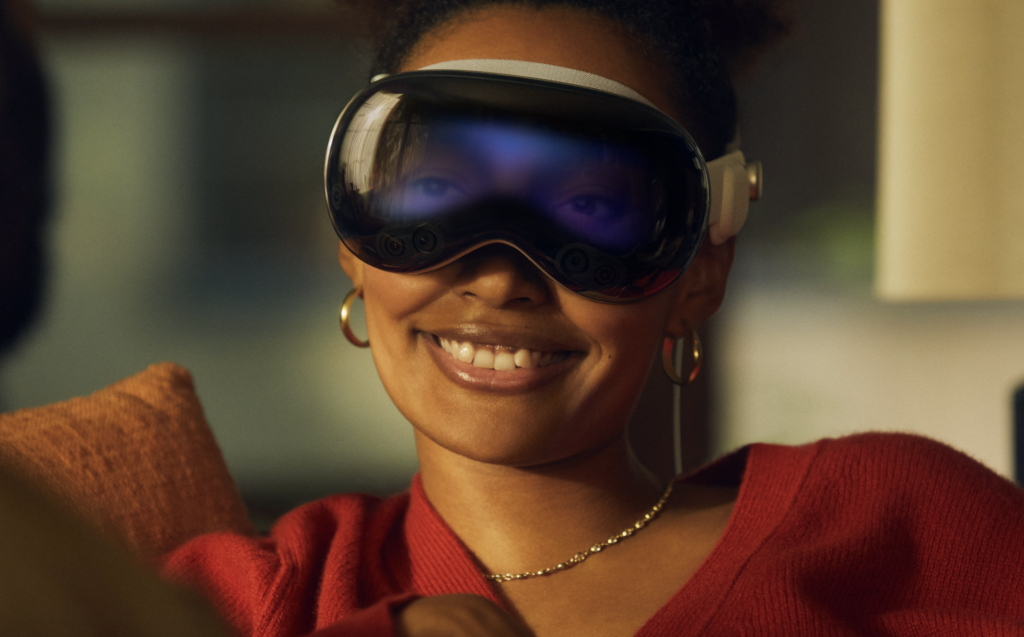
The Vision Pro features speakers positioned externally from a user’s ear, control buttons on the sides of the headset frame, as well as a rather-obvious strap that secures the Vision Pro on a user’s head. Apple says that the Vision Pro comes with Light Seal, which wraps and conforms to a user’s particular head and face shape allowing for a more secure and comfortable fit.
The Vision Pro runs on visionOS, which Apple describes as “the world’s first spatial operating system” (we’ll leave you guys to decide on that one). It is a clever approach to software though, allowing users to interact with digital content as if it were present in their immediate surroundings.
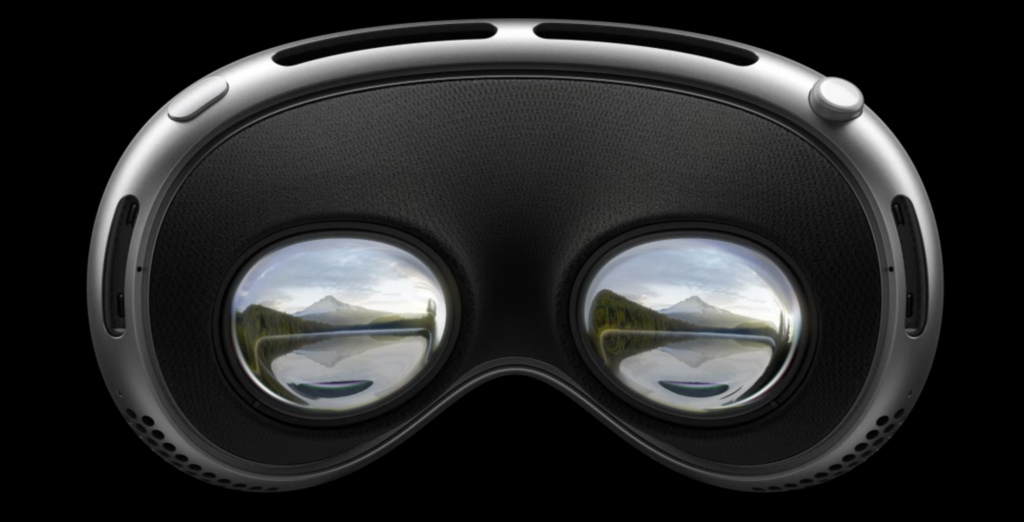
Inside the Vision Pro is a micro-OLED setup that packs 23 million pixels across two displays, as well as a custom Apple M2 SoC. The company intends the headset to be used for an array of different applications as well as hardware, with planned connectivity for other Apple products such as the Magic Keyboard and Trackpad, in addition to natively-built gesture and motion controls. FaceTime support will also be available soon, for more immersive video calls.
Of course, entertainment is a key element in the Vision Pro’s usefulness – Apple says that the device will be able to deliver movies and TV shows to users in an immersive manner, in addition to gameplay access with over a hundred Apple Arcade titles. There’s even built-in imaging photo functionality, allowing the device to render what Apple calls Spatial Photo and video functionality, letting users experience memories from photographs and videos up close and personal. Building on TouchID and FaceID, Apple says that the device will feature OpticID for biometrics, which will scan a user’s eyes to unlock and use the headset.
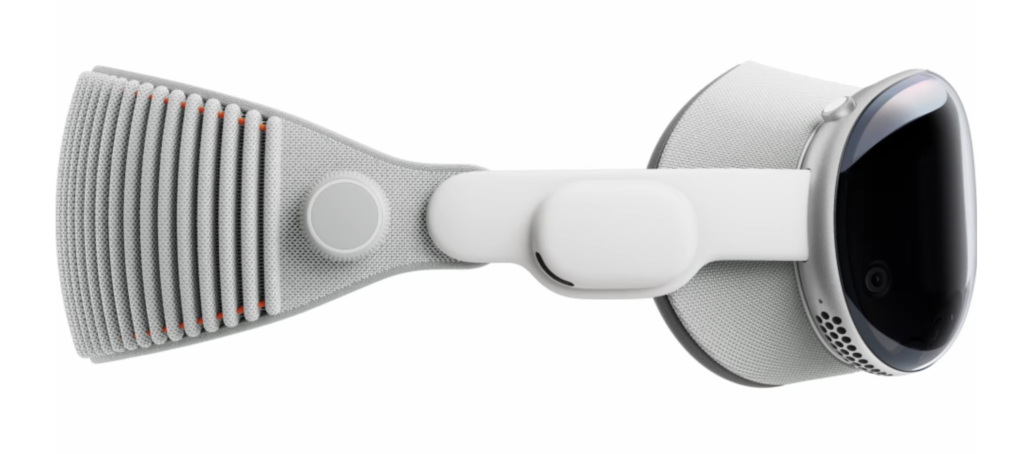
As for battery life, don’t expect to go around walking ala-ready-player-one just yet – at the moment, the device is limited to a rather unimpressive two hours of battery life per charge when unplugged, so users might want to opt for wired indoor use instead.
If you’re planning on grabbing one for yourself, then it should be said that the Apple Vision Pro is a bit on the expensive side. The headset starts at at $3,499, and it won’t be available until early next year. Whether or not the Vision Pro will elevate VR into mainstream adoption is still yet unknown, but at the moment there’s a lot riding on Apple’s promises with the device.

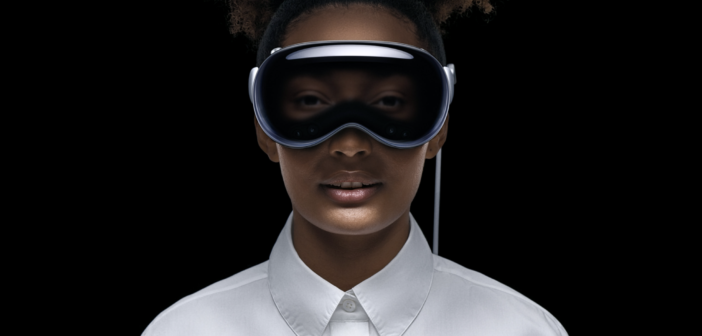

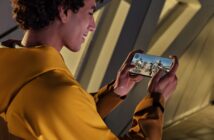

3 Comments
Pingback: iOS 17 has Some New Tricks up its Sleeve
Pingback: macOS Sonoma: Should You Upgrade?
Pingback: LG’s New Projector Packs 4K Capabilities and a Stylish Design